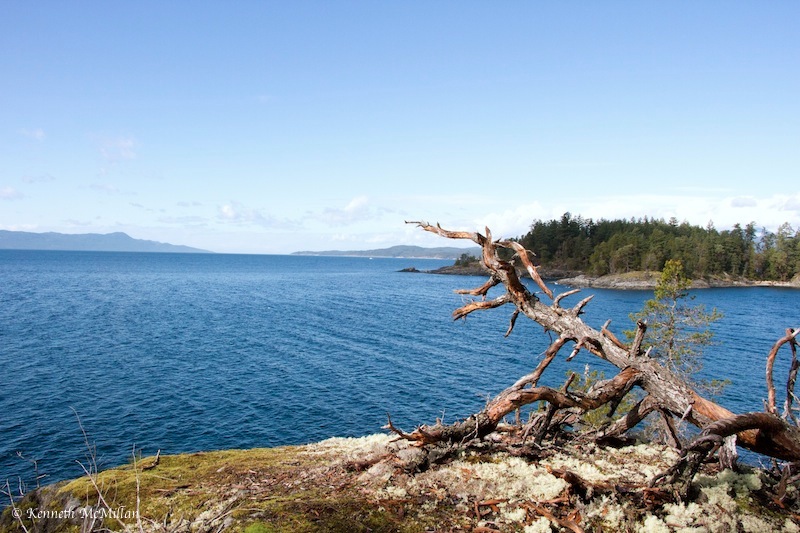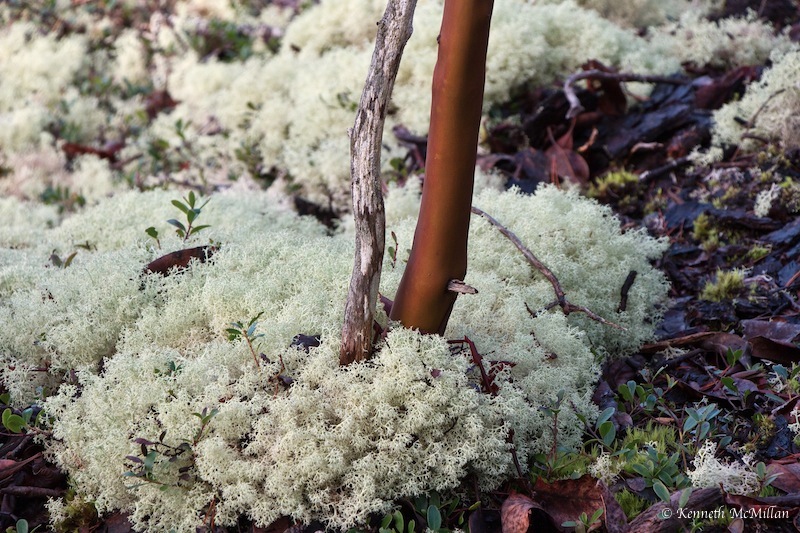This past weekend we hiked in the Francis Point Marine Park which is located about 30 km (18 miles) north of us. The park consists of 72.8 hectares (180 acres) of parkland and an additional 9.2 hectare (22.7 acre) ecological reserve. More tomorrow.

The land was once privately owned and was sold to the Provincial government in 2001 for parkland. The property had never been developed and remained virtually untouched. It is considered an excellent example of the Very Dry Maritime Subzone of the Coastal Western Hemlock biogeoclimatic zone. A low elevation forest where its diverse and rare plant communities are found only on the eastern side of Vancouver Island and limited areas on the Sunshine Coast (where we live). The small ecological reserve has restricted access to protect the delicate vegetation.

There are basically only two trails in the park. One goes to a viewpoint and the other is a 1.24 km (4000 ft) trail to Francis Point. It is a bit minimalist as it travels almost entirely over the granite shoreline and was made to have little impact on the vegetation.

The predominant trees growing out of clefts in the granite are pine and arbutus. These show the signs of struggle to try to survive in such difficult growing conditions. Roots cross the path on top of the rock looking for soil and moisture. During the Summer the southern exposure makes the entire area tinder dry and Winter winds hit full force due to the open exposure to Malaspina Strait.





Great set!
Thanks very much!
fabelhaft!
Thank you Alois!